Riders On The Storm...
By pauljeremiah 3 Comments

I don't know if coincidences are real or if everything we encounter is a deliberate arrangement of events for the benefit of an unseen force. Still, one funny thing I thought of recently is how closely the rise of video games matched the fall of westerns. Cowboys were a staple of film and television in popular culture for decades, lasting well into the 1980s. Still, just as video games grew in popularity, the romanticised image of the Old West held less appeal.
I use the adjective "funny" because cowboys and their clichés are perfect fodder for video games. They always carry guns, wear giant hats (no need to animate hair), spend much time in flat, empty spaces, and solve most problems with violence. If the desert was as black as outer space, Space Invaders might very well have been Cowboys vs Aliens. And what is Moon Patrol but a lunar wagon jaunt with laser guns?
Furthermore, despite the "wild west" is a specific set of tropes based on a vision of America's past, all those movies and hours of television we created spread across the Earth to other nations, making the cowboy a global ambassador for our culture. Some of the greatest westerns were made in other countries by actors and filmmakers who spoke little to no English—and that's not even including all the stories derived from westerns but recast in local historical settings. Akira Kurosawa did not hide his love of American films. When he wasn't adapting Shakespeare or Russian memoirs, his samurai behaved like cowboys with swords instead of six-shooters (though at least one film had both). Kurosawa's work, of course, inspired American filmmakers like George Lucas, who has left an impression on pop culture that can never truly be measured.
I'm laying all this out here because I hope you, dear reader, might comprehend how surprised I was to see Sunset Riders in arcades 30 years ago. Beat-em-ups were everywhere, and shoot-em-ups were just as well-known, but here was a game with all the personality of the former armed with the firepower of the latter. Sunset Riders is bright, loud, colourful, and eye-grabbing in ways that westerns were not to kids my age. That's because the wizards at Konami embraced their idea of how the West was fun in ways no movie or tv show ever did.
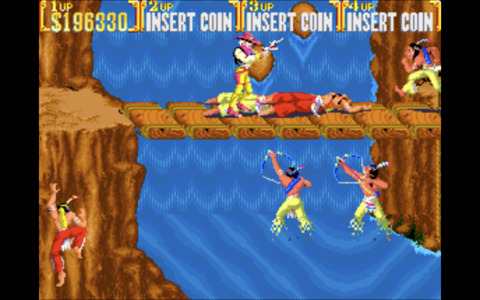
While arcade cabinets varied in size and equipment, under ideal conditions, Sunset Riders is a four-player game where a quartet of cowpokes blast their way through hundreds of varmints en route to toppling a criminal organisation, making themselves a pretty penny in the process. The four bounty hunters are all men, but all look very different, with distinct outfits in loud colours. In that sense, they have a lot less in common than the Teenage Mutant Ninja Turtles did when they cleaned up the crime-ridden streets of New York wearing nothing but bandanas and their shells.
From a gameplay standpoint, however, the characters fit neatly into two squads: Team Handgun and Team Shotgun. Steve and Billy wield smaller weapons, while Bob and Cormano start with heavier hardware. All players can gain dual-gun and rapid-fire upgrades, so if everyone plays well, there'll soon be four men filling the screen with righteous pink bullets. There are no health bars or armour in Sunset Riders, so taking any damage costs one life and forfeits all power-ups at once. At least there's no need to count your shots, as every gun in the game includes unlimited ammo.
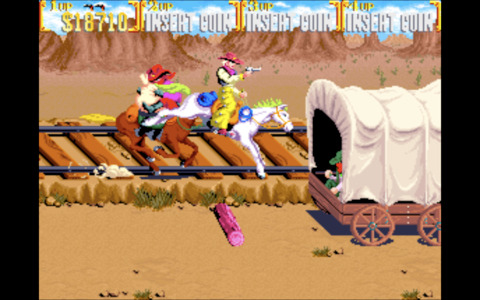
Sunset Riders is a side-scrolling game that urges players to keep moving forward no matter the odds. Action is limited to a single 2D plane, but many levels have bannisters, bridges, or fences that can be scaled in a single vertical leap (think Shinobi or Rolling Thunder). There are also auto-scrolling chase scenes where all the cowboys ride on horses, and bonus stages offer a first-person shooting gallery for extra cash/bragging rights.
While purely a cooperative game (there is no friendly fire, making it in everyone's best interest to Always Be Capshootin'), Sunset Riders does include small, subtle incentives to create the players to compete with one another. The aforementioned bonus stages are one such example, as the hit counts are tracked per individual, with rewards doled out proportionately to the players who shoot the most pop-up bad guys. Boss battles are even more cutthroat, as the game displays how much damage each player dealt with the enemy, and only the top hunter receives the bounty.
If Sunset Riders carry any baggage, it is due to its unfortunate perpetuation of stereotypes from the western genre. All four heroes and most of the heavies are men, with women relegated to background damsels waiting to reward players for their deeds. One stage takes place entirely in a...brothel? Cabaret, maybe? Once the two bomb-throwing baddies inside are slain, ladies strut onto the stage and dance for the boys, much to their hootin' delight.
Native Americans fare worse, as an entire level takes place in their territory, leading to an army of "braves" charging at the heroes to be gunned down. Two of the games' bosses are also Natives, named Dark Horse and Chief Scalpem, and their dialogue is delivered in clichéd broken English. At least the latter is spared execution thanks to his sister running on-screen at the end of the fight to beg for his life. The heroes always agree by saying, "Alright, we won't shoot ‘em", even though they had just finished shooting him many times. With bullets.
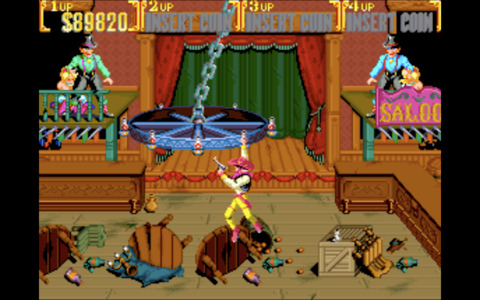
Sunset Riders was an arcade smash, and being a 1991 release, it came home to 16-bit consoles at just the right time. While both the Super Nintendo and Genesis versions strongly resemble the original game, each port has its ups and downs. None of the home editions supports four players, limiting the action to two at the maximum. The Super Nintendo cartridge is the most faithful overall. Still, thanks to Nintendo of America's aggressive content standards, all the women in the game are redrawn to sport more conservative outfits. Also, all the cannon-fodder indigenous enemies are removed, and the Chief is renamed “Wigwam."
Much of the original arcade content is cut to fit onto Sega's console, leaving the game with fewer stages and bosses. Two of the heroes are also removed, leaving only Billy and Cormano. The horseback stages are cut, but those assets are repurposed into new bonus stages where players catch items tossed from the back of a wagon. The game generally features more collectables, as enemies (and slain heroes) drop lots of coins and other pickups. Somehow, despite cutting so much from the arcade original, the Native American enemies are still present, and the Chief is still called “Scalpem."
The good news is that no one has to settle for an expurgated cowboy experience today, as Sunset Riders is available for modern consoles via Hamster's Arcade Archives series. This version supports a four-player simultaneous coop and includes unlimited credits, so even an arcade novice can grind their way to the end. I don't think Sunset Riders occupies people's memories like other games of its era (Konami's TMNT, The Simpsons, and next year's X-Men all seem to foster more nostalgia). Still, considering how little we thought about westerns in 1991, it's fantastic fun for four friends. Yee-haw!


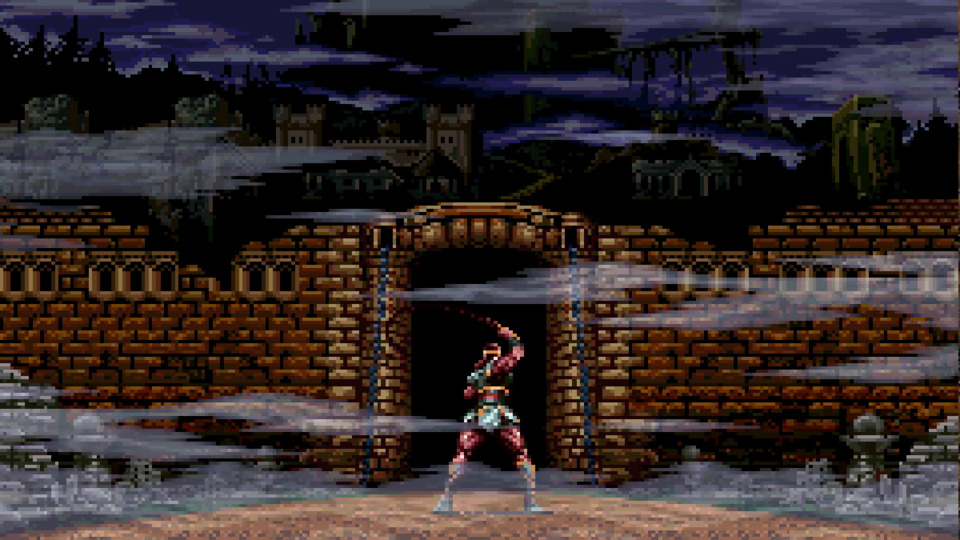
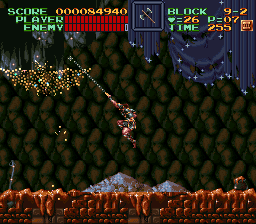
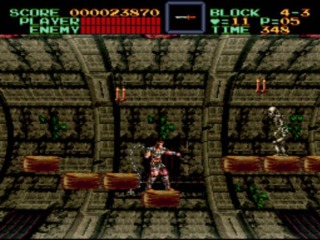
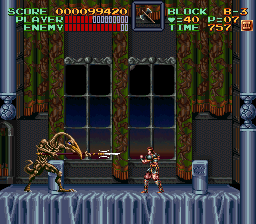




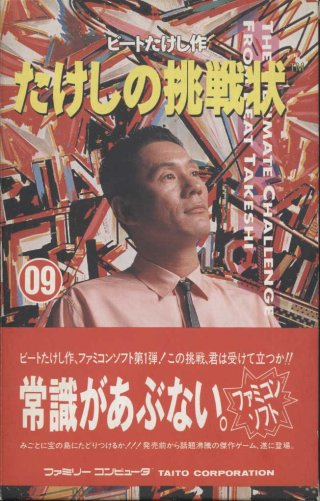
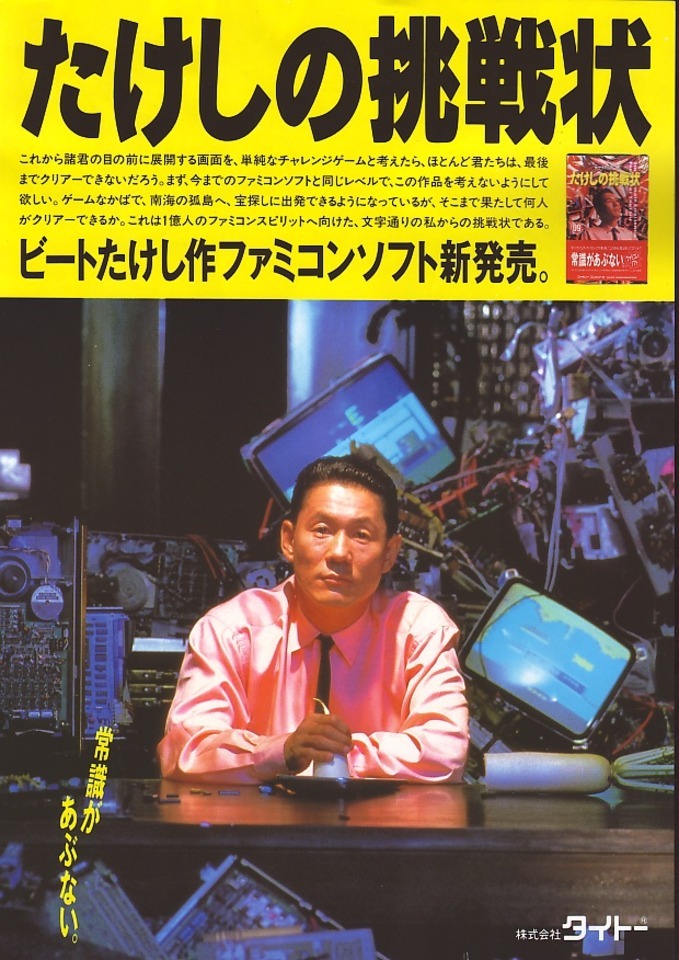
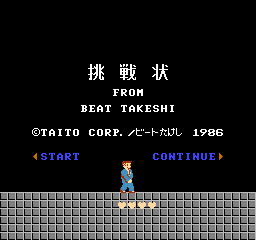
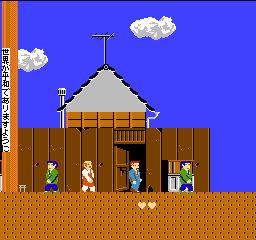
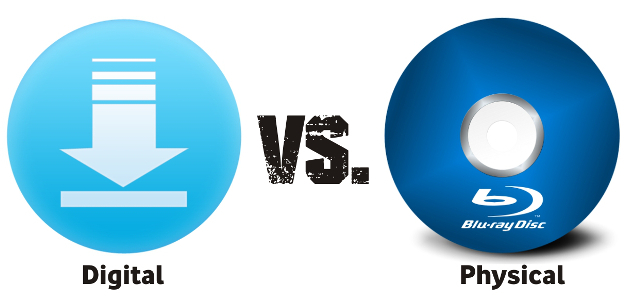
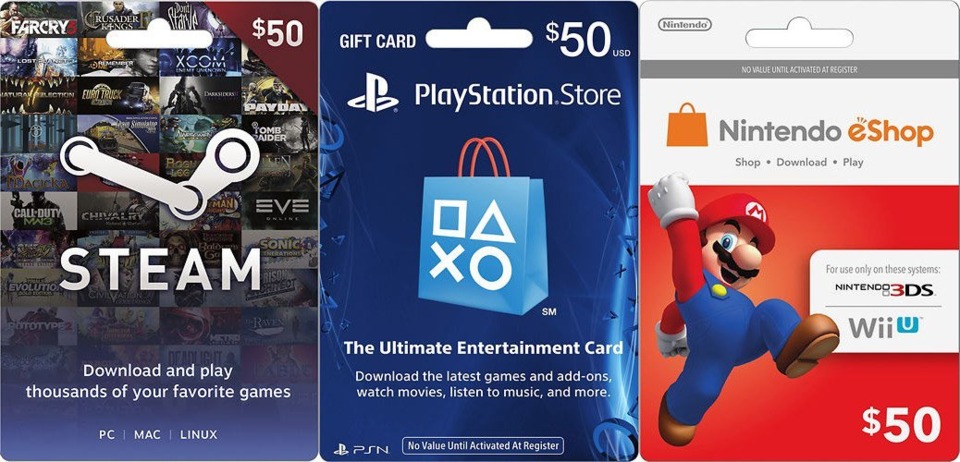
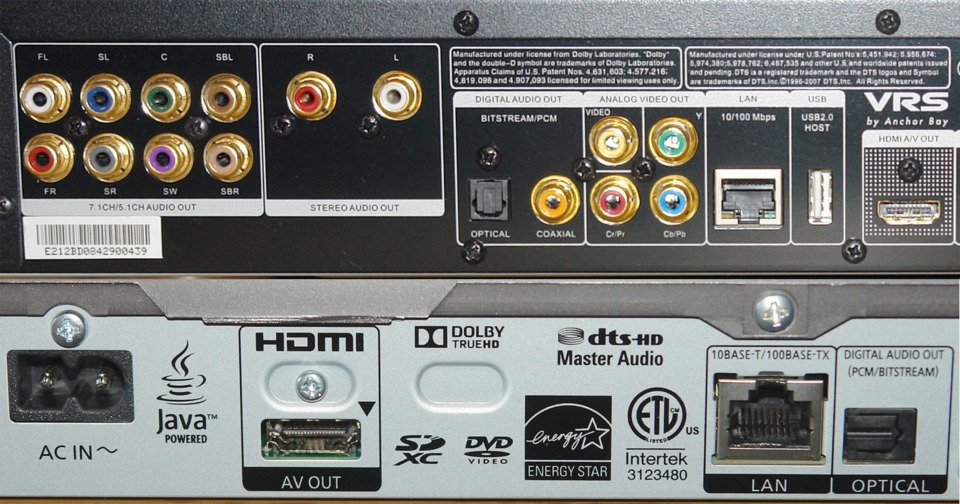

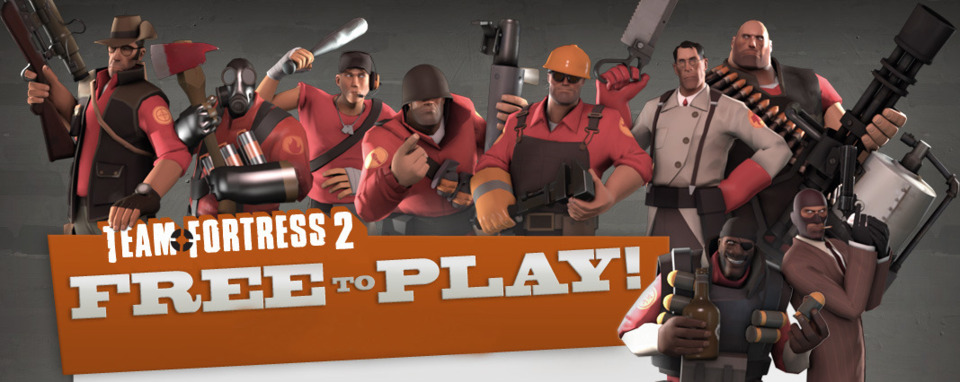
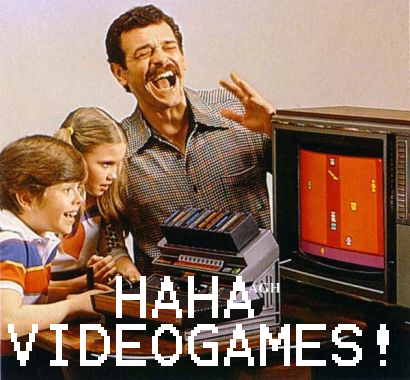
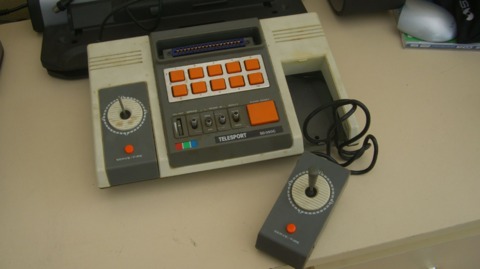
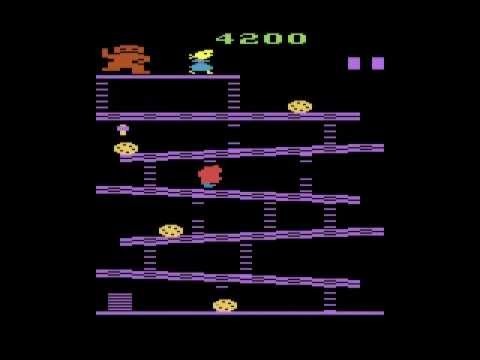
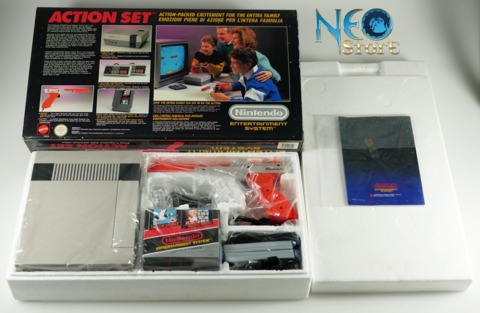

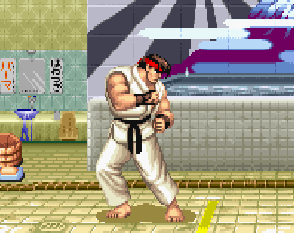
Log in to comment